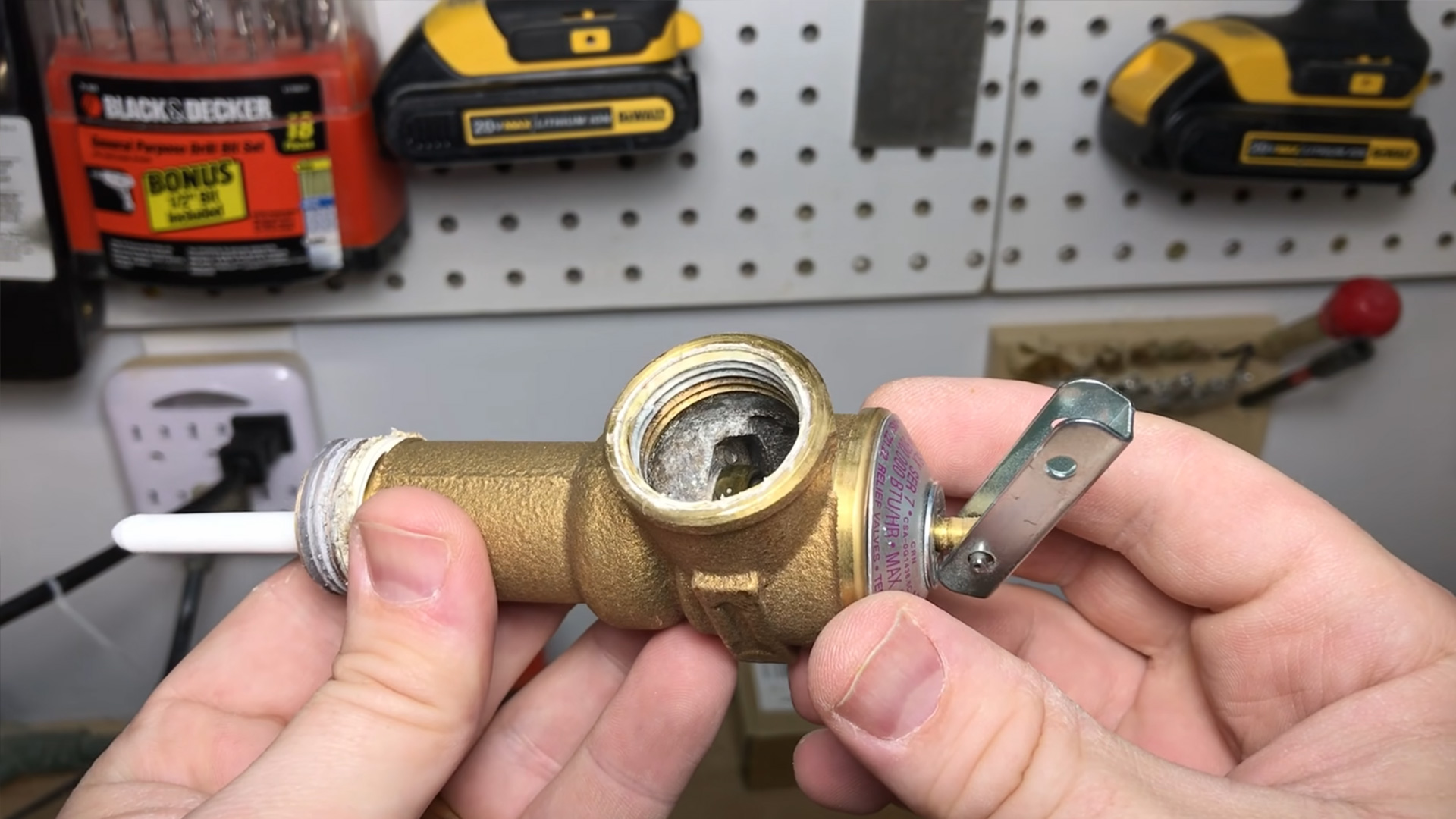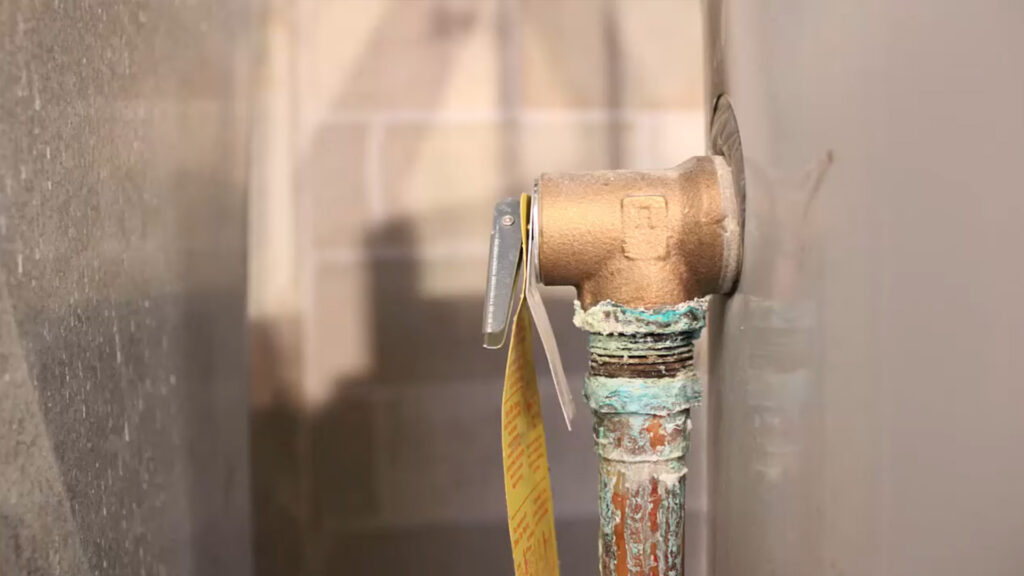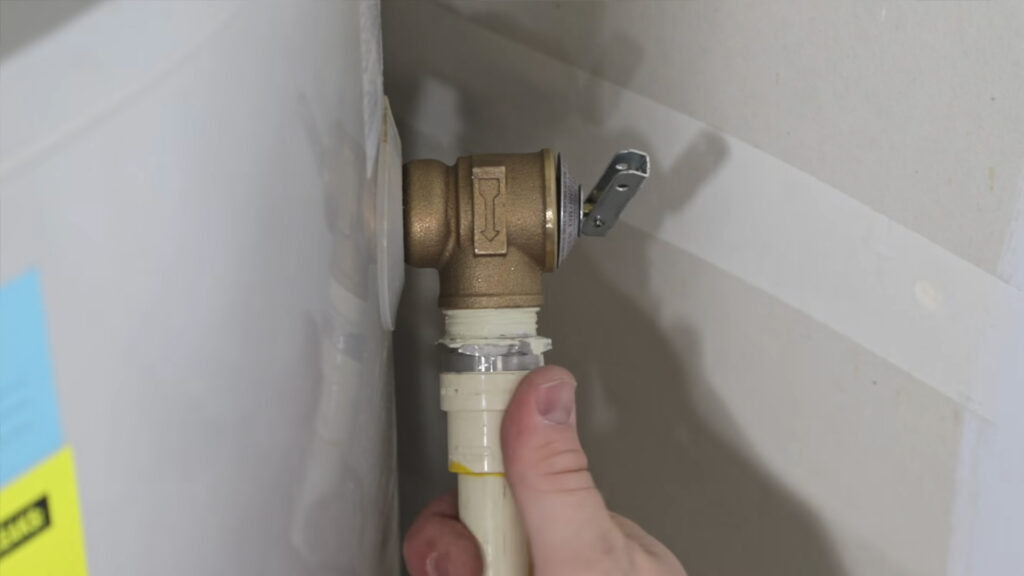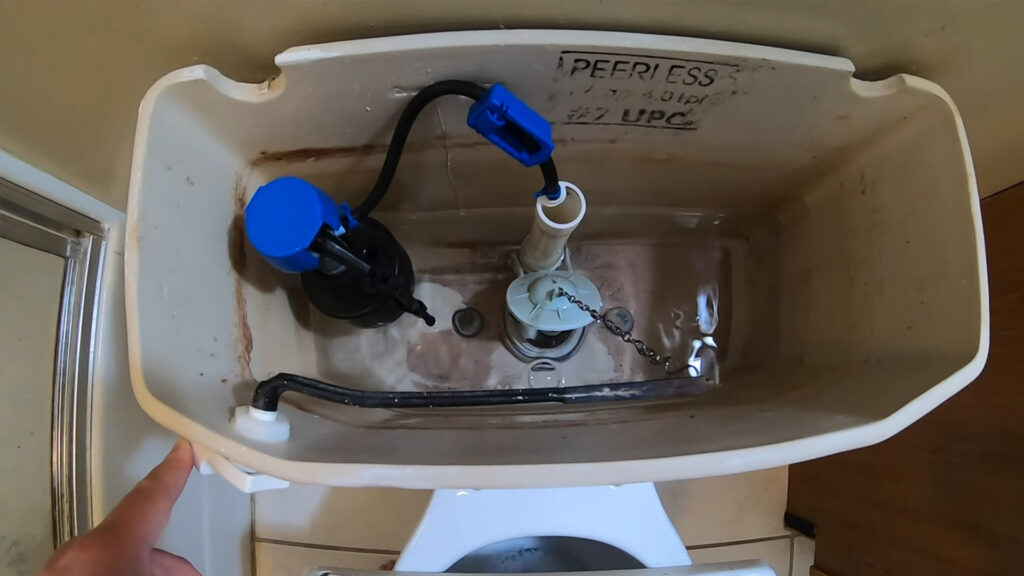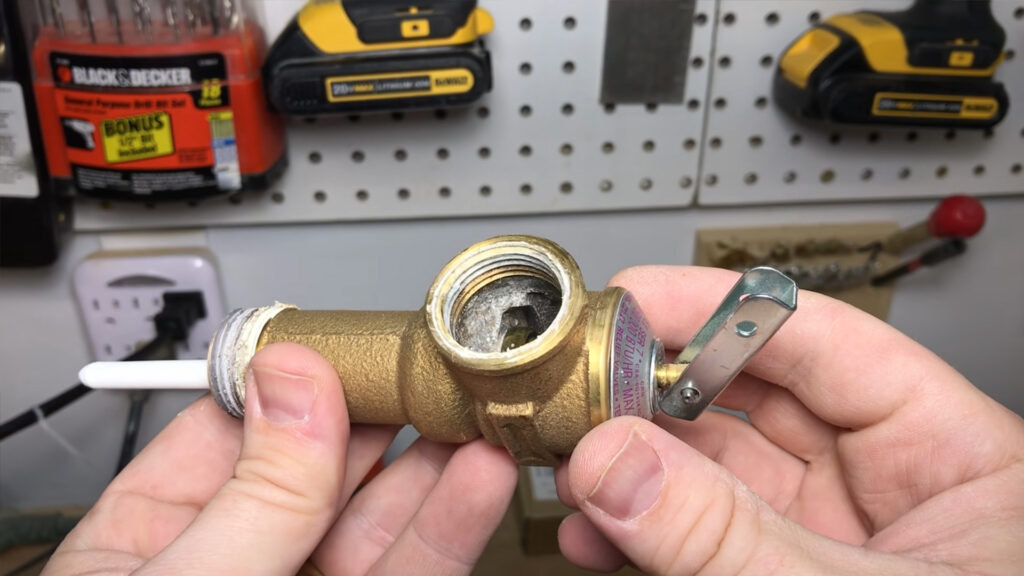Water heaters are essential appliances in every Philadelphia home, providing hot water for showers, washing dishes, and other daily tasks. However, if one crucial component fails—a malfunctioning Temperature and Pressure (T&P) relief valve—your water heater could become a ticking time bomb, posing a serious risk to your home and family.
What Is a T&P Valve and How Does It Work?
The T&P valve is a safety feature installed on water heaters to prevent dangerous pressure buildup. It is designed to release water when the temperature or pressure inside the tank exceeds safe levels, typically around 210°F for temperature and 150 psi for pressure. This release prevents the tank from exploding or bursting, which could cause catastrophic damage to your home and severe injury to anyone nearby.
The T&P valve usually sits on the side or top of the water heater, connected to a discharge pipe that safely directs any released water to the floor or an appropriate drainage area.
Why a Malfunctioning T&P Valve Is Dangerous
When a T&P valve malfunctions, it can no longer regulate the temperature and pressure within your water heater. If the valve is stuck closed, pressure can build to dangerous levels, transforming your water heater into an explosive hazard. In rare but severe cases, this could lead to the tank rupturing or even exploding, causing extensive water damage, structural damage, and potential harm to anyone in the vicinity.
Alternatively, if the valve is stuck open, water will continuously leak out, leading to significant water damage around your water heater. This kind of leak may go unnoticed for a while, resulting in mold growth, damage to flooring, and even compromise the integrity of your home’s foundation.
Signs of a Malfunctioning T&P Valve
Philadelphia homeowners should be vigilant for the following signs of a faulty T&P valve:
- Dripping or Leaking: If you notice water pooling around the base of your water heater or see a consistent drip from the valve’s discharge pipe, this could indicate the valve is stuck open or is improperly sealed.
- Rust or Corrosion: Corrosion around the valve or discharge pipe is a red flag. It suggests that the valve has been leaking for some time, and the integrity of the valve may be compromised.
- Unusual Noises: If your water heater makes popping or banging sounds, it could be due to excessive pressure buildup. This is a critical warning sign that should not be ignored.
- No Water Discharge During Testing: The T&P valve should be tested regularly. If you lift the valve’s test lever and no water discharges, the valve is likely malfunctioning.
How to Test Your T&P Valve
Testing your T&P valve is a simple yet essential task. Here’s how you can do it:
- Turn off the Power: If your water heater is electric, turn off the power at the breaker. If it’s gas, set the thermostat to the “pilot” setting.
- Lift the Test Lever: Carefully lift the valve’s test lever and allow it to snap back into place. You should hear water flowing through the valve and the discharge pipe.
- Check for Water Flow: If water flows out when you lift the lever, the valve is functioning. If nothing happens, the valve may be stuck and needs to be replaced.
- Reset the Lever: After the test, the lever should return to its original position. If it doesn’t, or if the valve continues to leak, contact a professional to replace the valve immediately.
Replacing a Faulty T&P Valve
If your T&P valve is malfunctioning, it’s crucial to replace it as soon as possible. While some Philadelphia homeowners might feel comfortable tackling this as a DIY project, it’s often best to leave it to professionals. A certified plumber can ensure the new valve is installed correctly, safeguarding your home from potential water heater disasters.
When replacing a T&P valve, make sure to use a valve that meets your water heater’s specifications. This is particularly important if you have an older water heater, as the wrong valve can cause improper operation or void your warranty.
Preventing Water Heater Explosions
In addition to maintaining a properly functioning T&P valve, there are other steps Philadelphia homeowners can take to prevent their water heater from becoming a hazard:
- Regular Maintenance: Have your water heater inspected annually by a professional. They can check the T&P valve, flush the tank to remove sediment buildup, and ensure the entire system is operating safely.
- Monitor the Thermostat: Keep your water heater’s thermostat set to 120°F to prevent overheating. Higher temperatures increase pressure inside the tank, which could trigger the T&P valve.
- Replace Aging Water Heaters: Most water heaters have a lifespan of 8-12 years. If your unit is approaching this age, consider replacing it to avoid potential safety risks associated with aging components.
- Install an Expansion Tank: In some cases, especially in homes with closed plumbing systems, adding an expansion tank can help manage pressure fluctuations and reduce strain on the T&P valve.
What to Do If Your T&P Valve Fails
If you suspect your T&P valve has failed, turn off the water heater immediately and contact a professional. If you notice water leaking from the valve, shut off the water supply to the heater to prevent further damage. In the event of an emergency, such as a water heater rupture, call Philly Damage Restoration at (445) 234-4123 for 24/7 emergency water extraction and water damage restoration.

